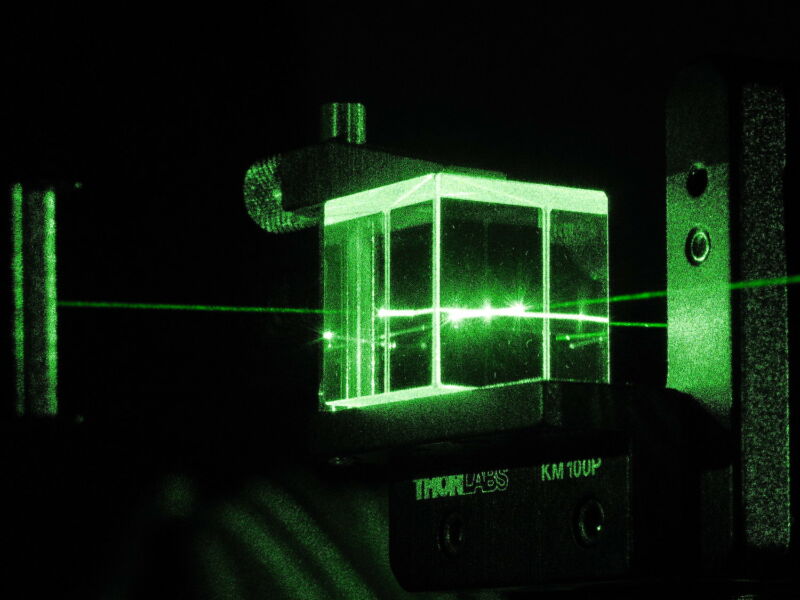Taking advantage of the IBM PC’s cassette deck interface and a vinyl cutter Bogin may now own the only IBM compatible to boot from a record.
Engineer Jozef Bogin has taken on an unusual challenge: Getting a computer to boot from a vinyl record, played at 45 revolutions per minute.
Today, most computer systems use magnetic or solid-state media for their storage — hard drives or solid state drives. In the early days of computing, though, cassette tapes were not uncommon — storing the digital data as audible beeps and boops which could be played back on any standard cassette deck. That link between audio and digital data gave rise to programs distributed on the flip-side of cassette albums, and in a few unusual cases programs which could be played back on the B side of vinyl records.


